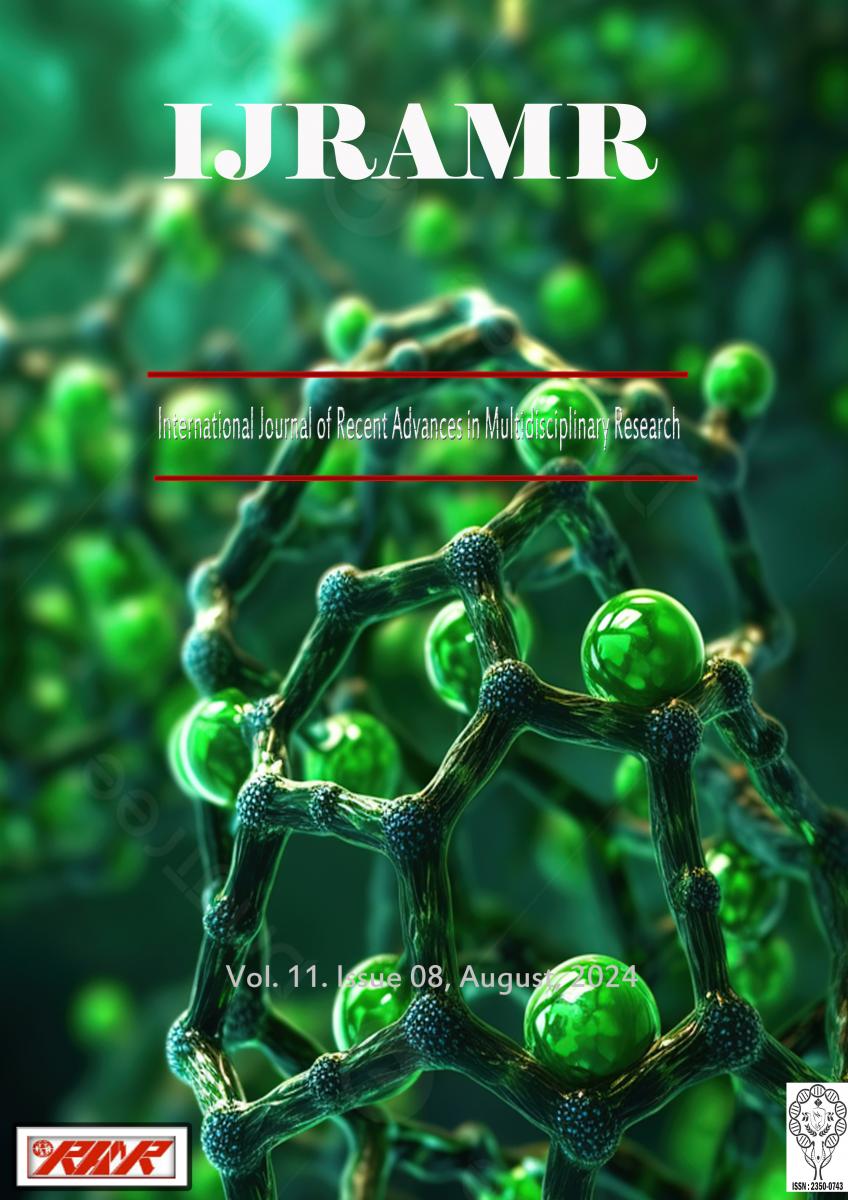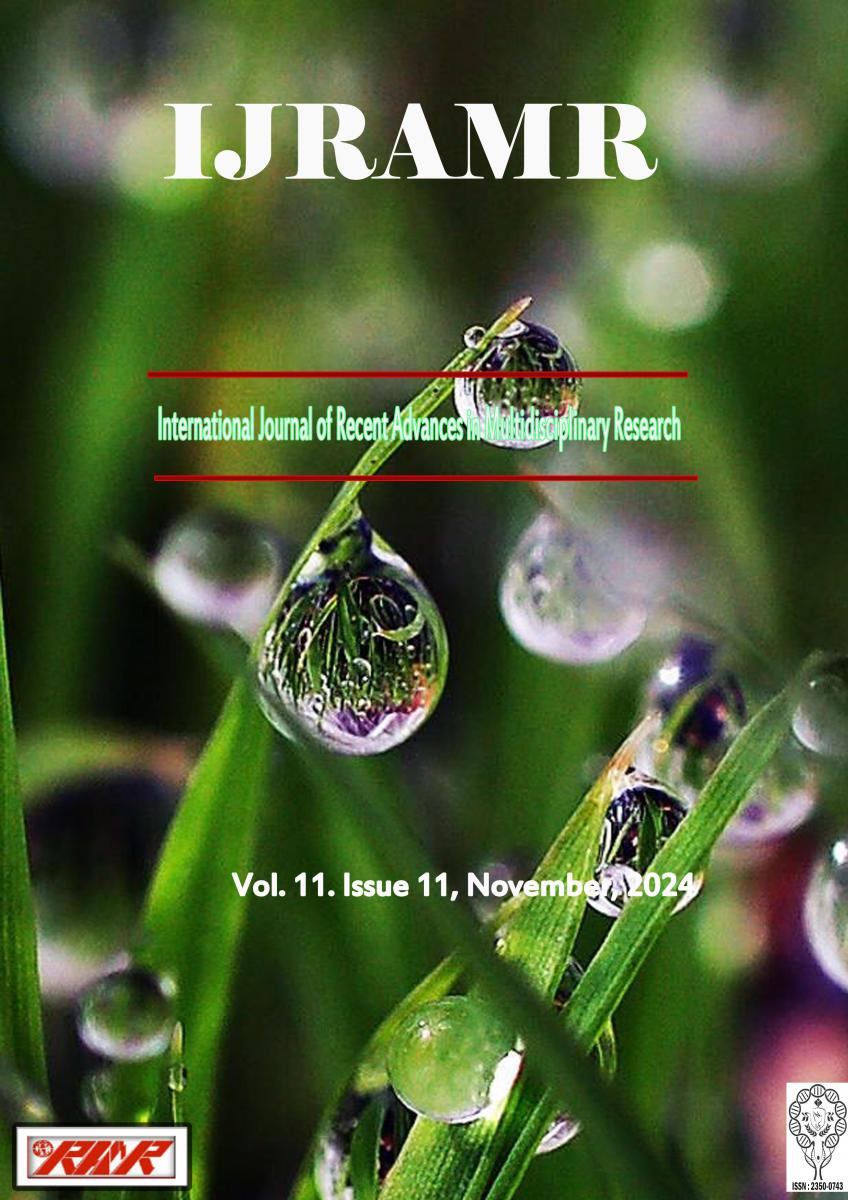Background: Incidence of joint laxity in the overall population is 5% to 20%, and its prevalence is higher in females. Increased joint laxity in females increases chances of frequent non-contact injuries. Women are at a greater risk for Anterior Cruciate Ligament (ACL) injuries and other knee joint related injuries than are men. Purpose: The purpose of this review was to understand the effect of MC & associated hormonal fluctuations on changes in structural compositions and function of ligamentous structures. Methods: A total of 15 references were included. A mini literature review was done by collecting data from MEDLINE/PubMed, ncbi, Research gate, and Semantic scholar databases from basic and clinical research studies examining hormone effects on collagen metabolism, tissue remodeling, ligament structural/mechanical properties, and knee joint laxity / ACL injuries to understand mechanisms through which hormones exert their influence on ligament laxity and consequent injury potentials. The clinical implications of these changes in ligamentous structures in the females’ on-field injuries in sports, physical performance and lifestyle was studied. Results: Estradiol, Progesterone, and Relaxin are the predominant hormones studied relating to ligamentous laxity. They have found to be directly acting on collagen metabolism, which alters the ligament property, explaining alteration in flexibility during MC & increase in the potential for ligament failure in physically active women. Mechanisms underlying Testosterone effect on ligament laxity is still unknown. Conclusions: Hormonal fluctuations during MC affect structural composition of ligaments & consequently their laxity. Changes are evident when hormones are at a peak or near-peak concentrations. ACL injuries are commonly seen occurring due to knee joint laxity.






